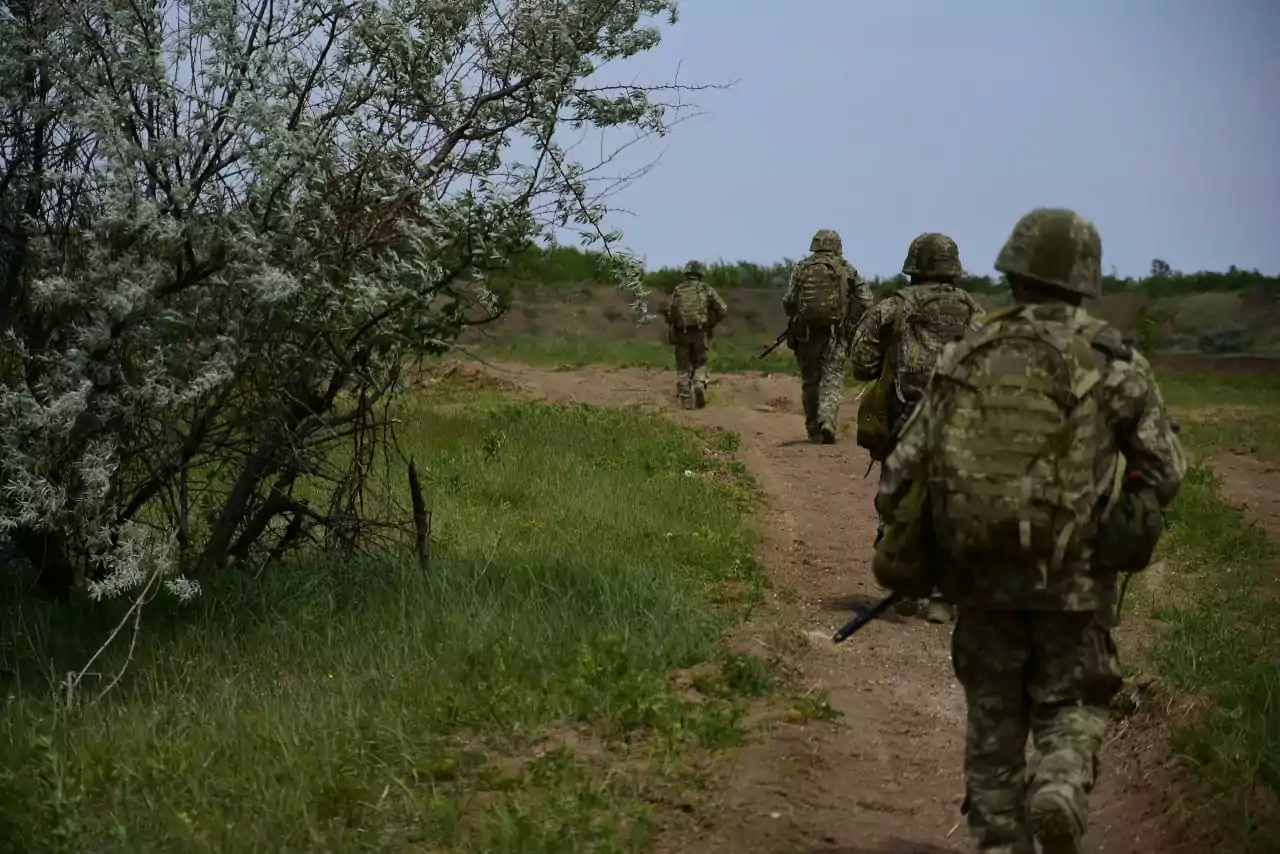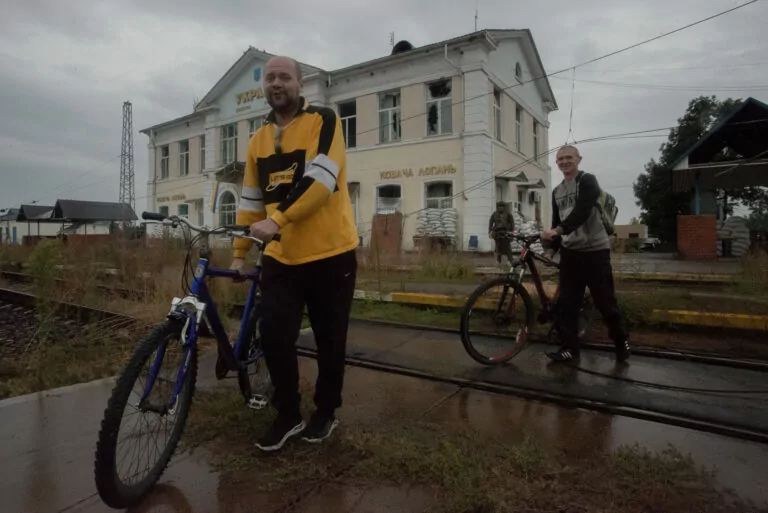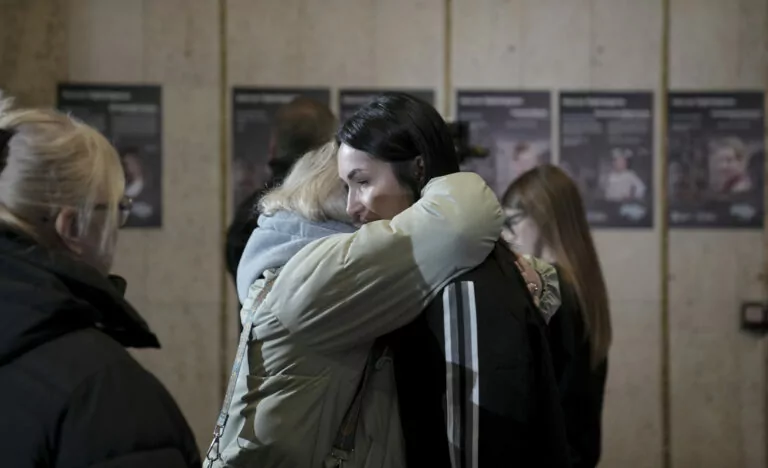UKRAINE, KHARKIV OBLAST, Sep 3 — Over the past day, the Russian army continued shelling settlements in the Kharkiv region, maintaining their presence in the border area and building up minefields in certain locations, reported the “Kharkiv” group of forces.
Russia started its new offensive north and northeast in the Kharkiv region in May, but Ukrainian troops have stabilized the frontline in this section since. Now, heavy battles are ongoing in and around Vovchansk (three miles from the border, 46 miles away from Kharkiv) and near Lyptsi (six miles from the border, 12 miles from Kharkiv.)
The military reported that near Hlyboke, the Russians reinforced their frontline positions with an engineering unit. They are also mining the roads remotely.
Near Lukiantsi, the Russians are trying to maintain their positions, where they are conducting engineering work and establishing a communication system. Some of the Russian military refused to follow orders at the front lines of one of the units.
The “Kharkiv” reported that near Tykhe, the Russian military conducted aerial reconnaissance using unmanned aerial vehicles (UAVs).
The Russian army also conducts aerial reconnaissance in Vovchansk. They also conducted an internal rotation of personnel and replenished ammunition there. Also, the Russians continue to assault the area of multi-story buildings.
The “Kharkiv” reported that in the Kharkiv direction, the Russians launched two missile strikes, 21 kamikaze drone strikes, and five airstrikes using seven glide bombs (KABs) over the past day.
The Russian army lost 63 troops in the Kharkiv direction over the day, reported the “Kharkiv” group of forces.
Also, the Ukrainian troops destroyed 68 units of weapons and military equipment in the Kharkiv direction, including one tank, four armored combat vehicles, three artillery systems, six vehicles, one unit of special equipment, 53 unmanned aerial vehicles (UAVs), and 49 personnel shelters.
Read more
- The Russian army has likely advanced northeast of Kharkiv, the Institute for the Study of War (ISW) reported, citing geolocated footage.




